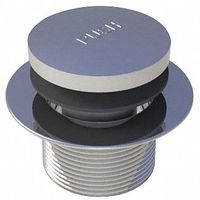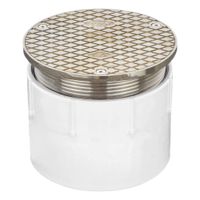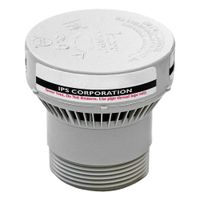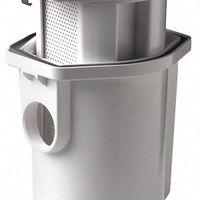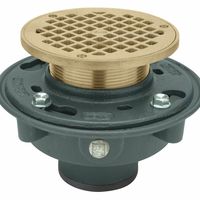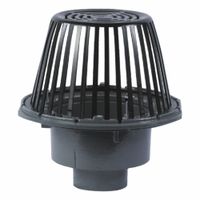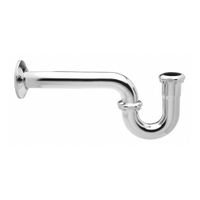Drains
Drains channel water and liquids from buildings into plumbing systems. Sink drains, strainers, and traps include parts and components that allow water to flow into drains, filter out dirt and debris and reduce clogs, and prevent toxic sewer gases and odors from escaping drain lines and entering dwel .....Read More
Frequently Asked Questions
What is the purpose of a P-trap in a plumbing system?
How do I unclog a sink drain?
What is the difference between a floor drain and a trench drain?
How do roof drains prevent water damage?
What are the common causes of drain clogs?
How do drain interceptors work?
What is the function of a drain air vent?
How can I prevent sewer gases from entering my home?
What materials are best for drain pipes?
How do I maintain and clean a bathtub drain?
